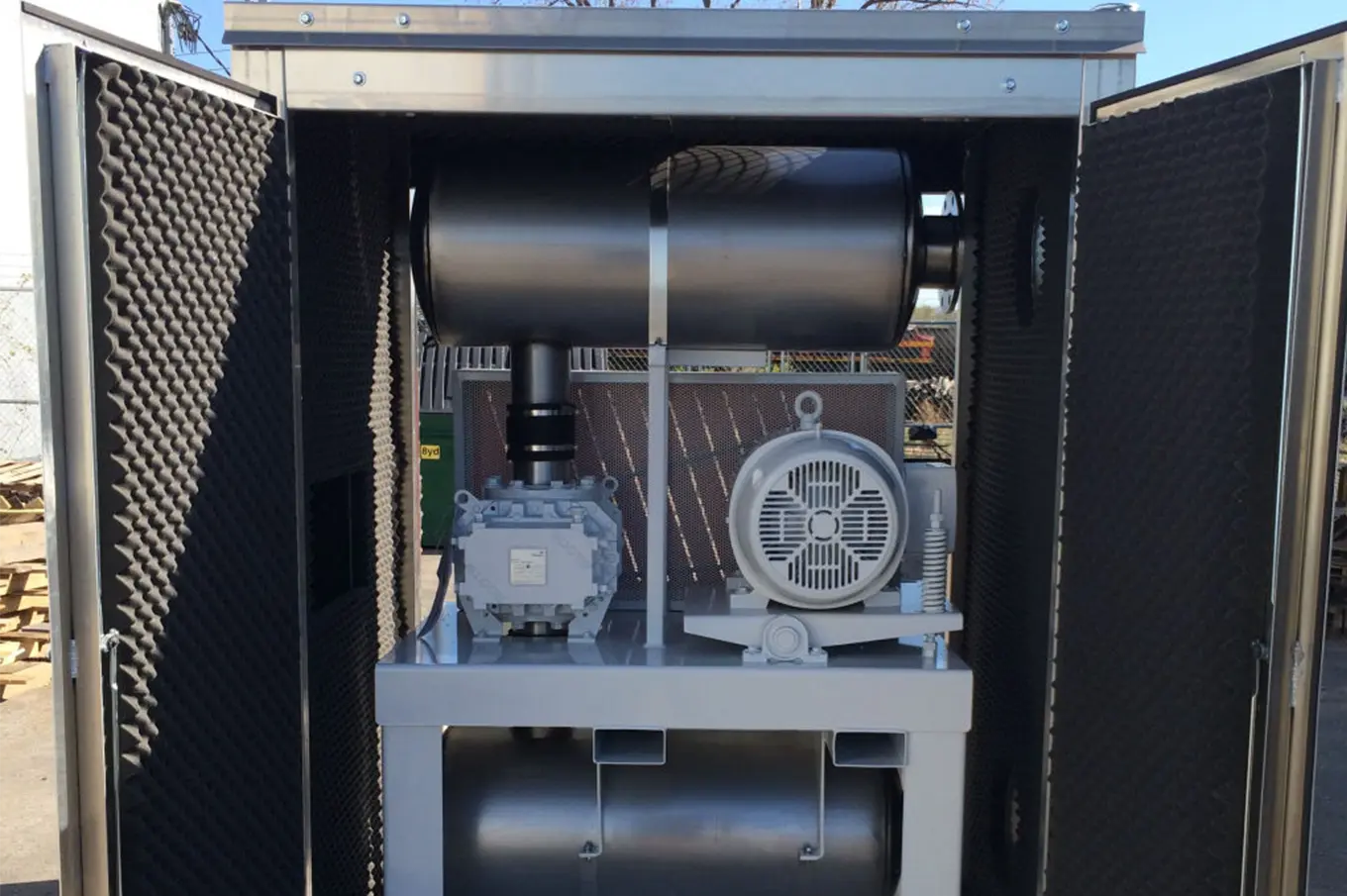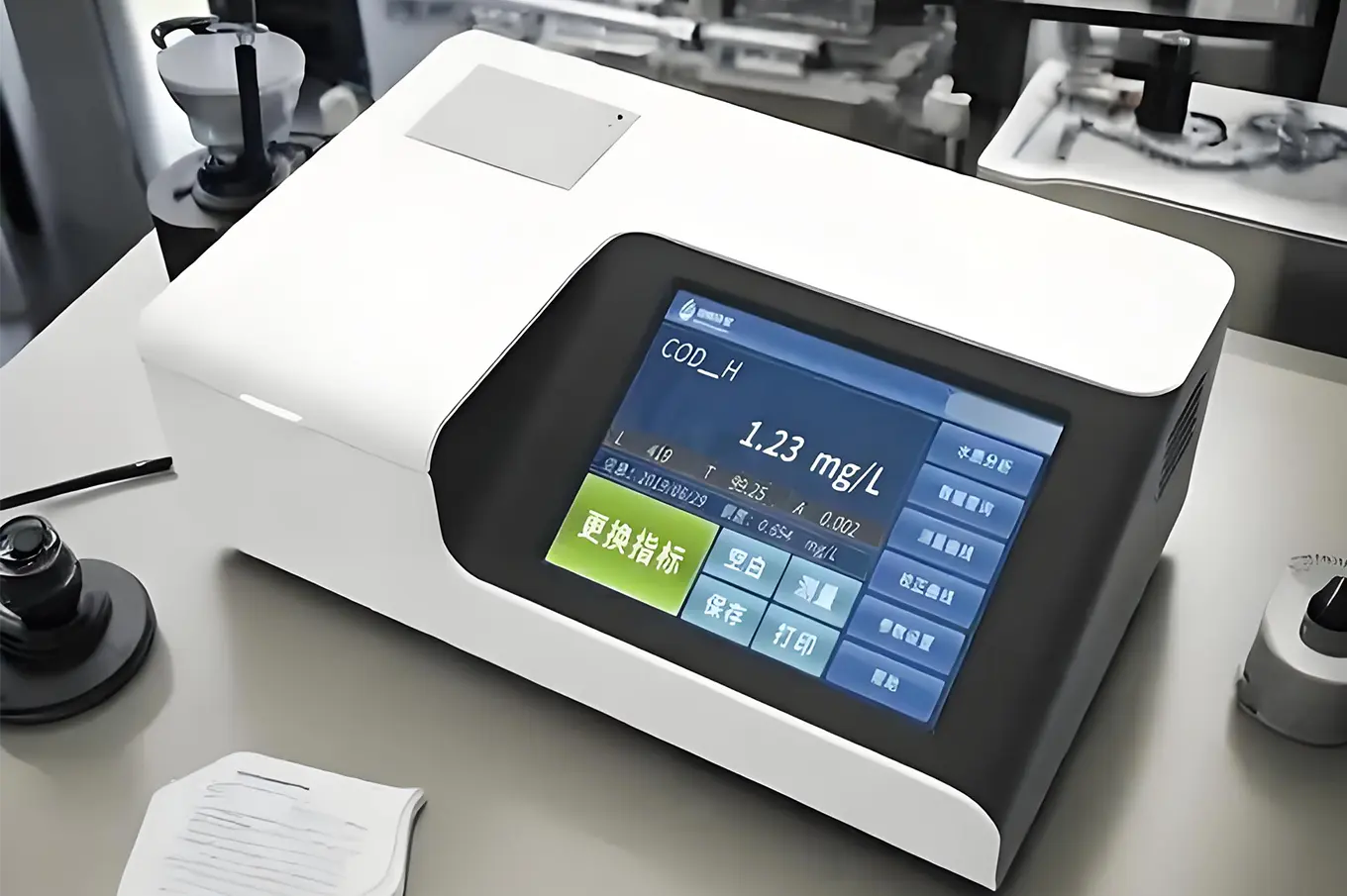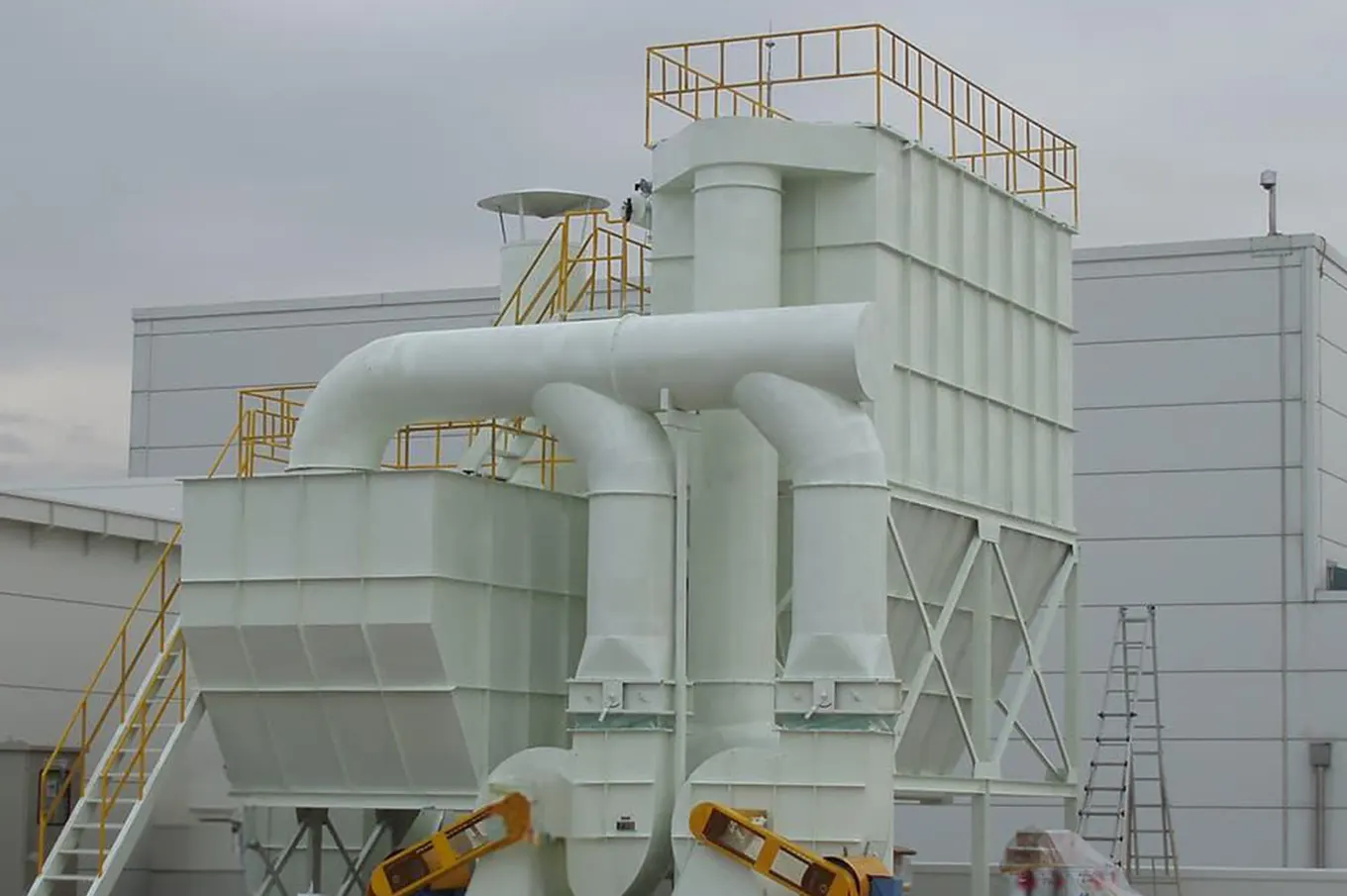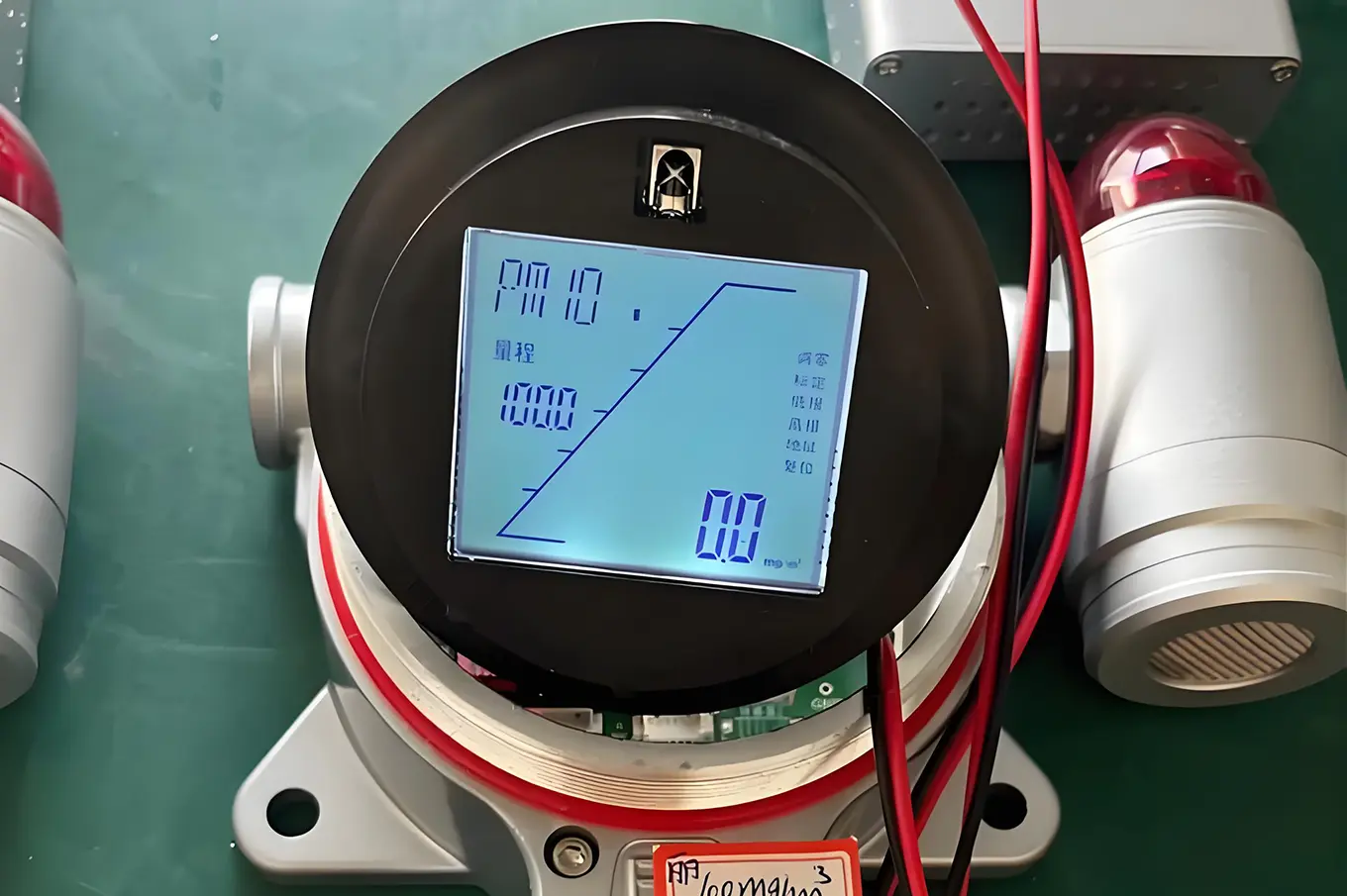- Shanghai Zhongshen International Trading Co., Ltd. – Your reliable partner with 20 years of import/export agency service expertise.
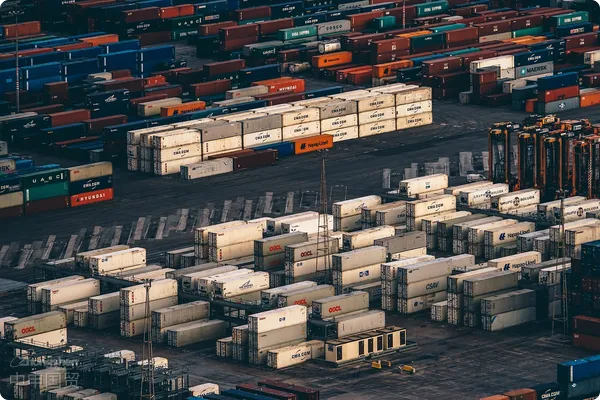
Machinery & EquipmentImport and exportIndustry status quo and challenges
Global trade in machinery and equipment is projected to exceed USD 3.5 trillion in 2025, with China continuing to lead in construction machinery, CNC machine tools, and other sectors.?Equipment Export?A dominant position. However, in actual import and export processes, companies often faceThree Core Pain Points:
- Disputes over the classification of special equipment (e.g., tariff differences caused by HS code misalignment)
- Transportation plan design error (poor intermodal connection for oversized equipment)
- Technical documents are missing (CE certification, pressure vessel inspection report, etc.)
Full-Process Operational Practice Analysis
Taking a German-bound export project of a certain machine-tool company as an example, the complete workflow includes the following key milestones:
- Pre - preparation Stage
- Verification of Equipment Technical Parameters (Working Accuracy, Safety Protection Devices)
- Export Qualification Document Filing (Dual-Use Item License Processing)
- Customs declaration phase
- Advance Ruling Application for Commodity Classification (Avoiding the Risk of Post-Declaration Amendments)
- Transport Packaging Compliance Review (Acquisition of UN Packaging Certification Documents)
- Logistics execution stage
- Special Loading Scheme Design (Segmented Transport Plan for Over-Length Equipment)
- Destination port extension service (accompanied by equipment installation and commissioning personnel)
Key Changes in Customs Supervision Focus for 2025
According to the newly issued “Measures for the Administration of Import and Export of Mechanical and Electrical Products,” enterprises must pay special attention to:
- Used equipment: Must provide depreciation assessment reportEquipment importDeclaration must be providedCopy of the original purchase invoice
- Automated production line byA complete set of equipmentFiling requires separate registration.
- Lithium battery-powered equipment must be supplementedUN38.3 test report
Typical issue response strategies
Provide professional solutions for common business scenarios:
- Scene 1: Dispute over Equipment Classification
When a company exported CNC grinding machines, customs questioned the declared HS code 8459. By submitting supporting materials such as processing videos and technical specifications, the original classification was upheld, preventing a 20% tariff loss.
- Scenario 2: Temporary Import and Export
The prototype exhibited at the international construction-machinery show was declared under the ATA Carnet procedure, cutting the deposit cost by 60 % compared with ordinary customs clearance.
Quantitative analysis of agency service value
A professional agency can create tangible benefits for a company:
- Transportation Cost Optimization (Loading Rate Increased by 15%-20%)
- Customs clearance time shortened (an average of 2–3 working days saved)
- Tariff Cost Control (commodity pre-classification accuracy ≥98%)
New Ideas for Supply-Chain Optimization in 2025
Recommended for enterprises to establishFour - dimensional Evaluation SystemSelecting partners:
- Special Equipment Operation Case Library (≥50 Successful Cases)
- Overseas customs-clearance network coverage (in-house customs-clearance teams in key markets)
- Emergency response time limit (initiate contingency plan within 2 hours)
- Technical document creation capability (simultaneous output of multilingual instruction manuals)
Category Case
Contact Us
Email: service@sh-zhongshen.com
Related recommendations
Contact via WeChat

? 2025. All Rights Reserved.
